Serena Cosgrove - Surviving the Americas: Garifuna Persistence from Nicaragua to New York City
Here you can read online Serena Cosgrove - Surviving the Americas: Garifuna Persistence from Nicaragua to New York City full text of the book (entire story) in english for free. Download pdf and epub, get meaning, cover and reviews about this ebook. year: 2021, publisher: University of Cincinnati Press, genre: Politics. Description of the work, (preface) as well as reviews are available. Best literature library LitArk.com created for fans of good reading and offers a wide selection of genres:
Romance novel
Science fiction
Adventure
Detective
Science
History
Home and family
Prose
Art
Politics
Computer
Non-fiction
Religion
Business
Children
Humor
Choose a favorite category and find really read worthwhile books. Enjoy immersion in the world of imagination, feel the emotions of the characters or learn something new for yourself, make an fascinating discovery.

- Book:Surviving the Americas: Garifuna Persistence from Nicaragua to New York City
- Author:
- Publisher:University of Cincinnati Press
- Genre:
- Year:2021
- Rating:5 / 5
- Favourites:Add to favourites
- Your mark:
Surviving the Americas: Garifuna Persistence from Nicaragua to New York City: summary, description and annotation
We offer to read an annotation, description, summary or preface (depends on what the author of the book "Surviving the Americas: Garifuna Persistence from Nicaragua to New York City" wrote himself). If you haven't found the necessary information about the book — write in the comments, we will try to find it.
In Surviving the Americas, Serena Cosgrove, Jos Idiquez, Leonard Joseph Bent, and Andrew Gorvetzian shed light on what it means to be Garifuna today, particularly in Nicaragua. Their research includes over nine months of fieldwork in Garifuna communities in the Pearl Lagoon on the southern Caribbean coast of Nicaragua and in New York City. The resulting ethnography illustrates the unique social issues of the Nicaraguan Garifuna and how their culture, traditions, and reverence for their ancestors continues to persist.
Serena Cosgrove: author's other books
Who wrote Surviving the Americas: Garifuna Persistence from Nicaragua to New York City? Find out the surname, the name of the author of the book and a list of all author's works by series.

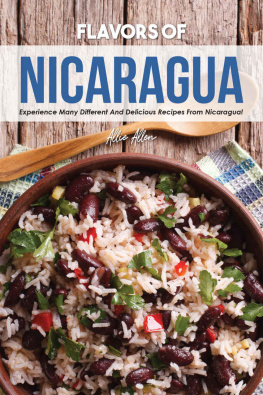
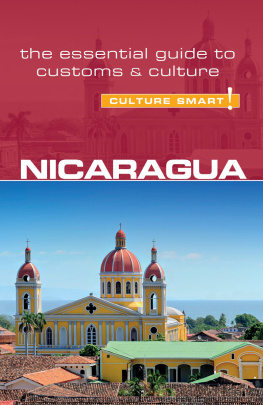

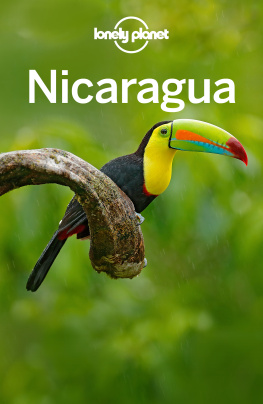
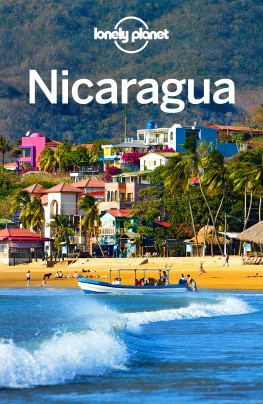
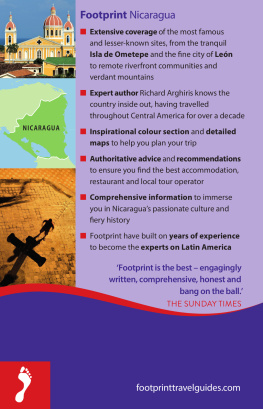
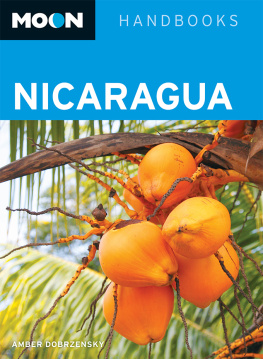



 Courtesy of the Universidad Centroamericana-Managua.
Courtesy of the Universidad Centroamericana-Managua.